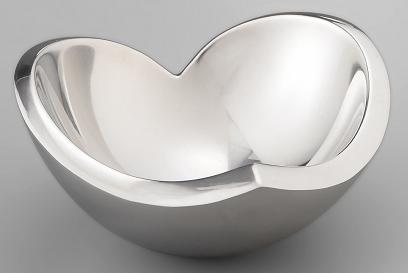
For many of us, this winter came with a vengeance. Between the sub-zero temperatures of the polar vortex and the feet upon feet of snow, people living in the colder climates just can’t catch a break. Add to this the decreased daylight hours and you’ve got a recipe for SAD, or Seasonal Affective Disorder.
According to “Beating the Winter Blues” by Jill Metzler Patton in December 2013 issue of “Experience Life” magazine, up to one-third of people living in the US experience symptoms of SAD, including decreased mood and energy, feelings of depression or sadness or sleepiness/sleeplessness during the colder, darker months.
“For bodies originally designed to rise with the sun and retreat to caves at nightfall, the loss of daylight hours can throw internal rhythms out of whack,” Metzler Patton writes in her article. Our internal clocks are largely controlled by melatonin, the hormone that regulates our sleep-wake cycles and is made of the same molecule as serotonin, which promotes feelings of well-being.
Melatonin levels rise in the evening, but the longer winter nights cause the brain to release more melatonin at the expense of serotonin, as explained by psychiatrist Henry Emmons, MD, in the article. Reduced serotonin triggers mood-depleting feelings and behaviors. But there are ways to offset this.
One solution is to use a light box that emits 10,000 lux of full-spectrum light that mimics the sun and resets your body clock. “Bright light therapy is the fastest known established treatment for seasonal depression,” says psychologist Stephen Ilardi, PhD, in the article. Just 20 to 30 minutes in the morning hours and 15 to 20 minutes in the evening can help offset the effects of SAD.
Avoiding sweets is also a great way to feel better when the winter blues take hold, as simple carbs cause a surge of insulin that makes you feel good but doesn’t last. “Eating sugary foods erodes your resilience,” says Emmons, noting that simple carbs spike your blood sugar and lead to crashes. Instead, opt for complex carbs like legumes, beans and root vegetables that help keep your blood sugar stable.
Taking a combination of supplements can help keep the brain in balance, as well. Foods high in omega-3 fatty acids, such as salmon and walnuts, help the brain use serotonin more efficiently. Vitamin D3 can reduce inflammation and help elevate mood as the body makes less of it during the winter. And Vitamin B complex has been shown to be helpful in treating depression, according to Emmons.
A good workout is a great defense against the winter blues, though making it to the gym when temps plummet isn’t the easiest thing to do. According to Metzler Patton’s article, a 1999 study by Duke University shows that brisk exercise three times per week is as effective as drug therapy in alleviating symptoms of depression. An added bonus: losing weight and getting stronger with regular exercise!
Getting adequate restful sleep is important year-round but especially in the winter months when our body clocks are going haywire. Excessive sleeping, or hypersomnia, is a big facet of SAD, and Ilardi says, “There’s nothing wrong with sleeping nine hours a night” for the sleep-deprived. But more than quantity, the slow-wave, restorative sleep is what SAD-sufferers tend to lack in the winter.
Last but not least, practicing yoga and mindfulness can act as powerful antidepressants. “You can chemically change your brain through mindfulness,” Emmons states. “You have some say in what pathways you reinforce, what neural connections you’re firing and wiring.” Energizing yoga practices can help increase mental clarity and restore your energy during the cold, dark winter months.
Light therapy, nutrition, exercise, sleep and mindfulness are the remedies for helping you through the time of year that can be difficult for many people. Emmons says, “If you learn to pay attention to your body – how it’s starting to change and react to the season – you can listen to what it needs and respond.”
Read Metzler Patton’s full article here.




















